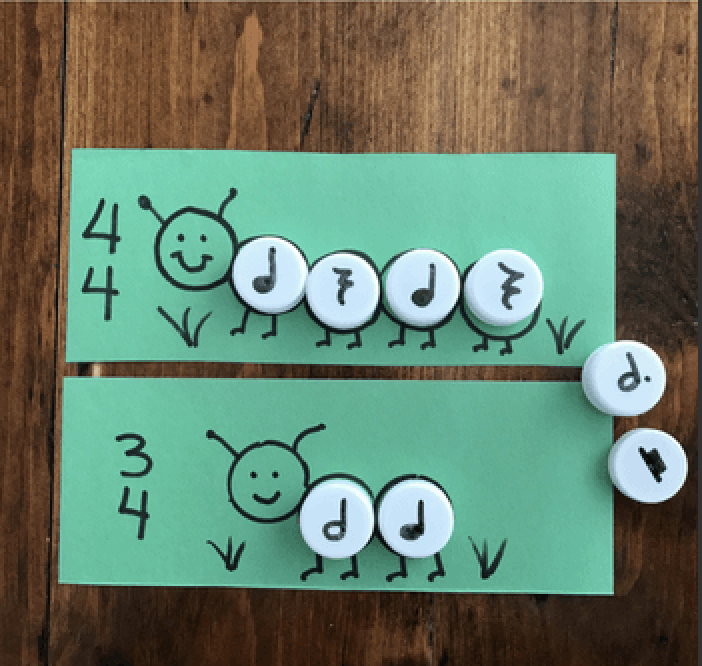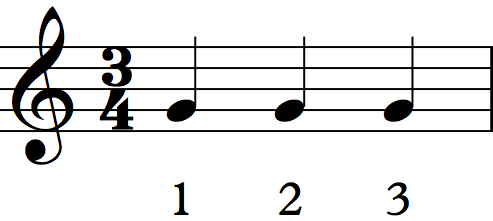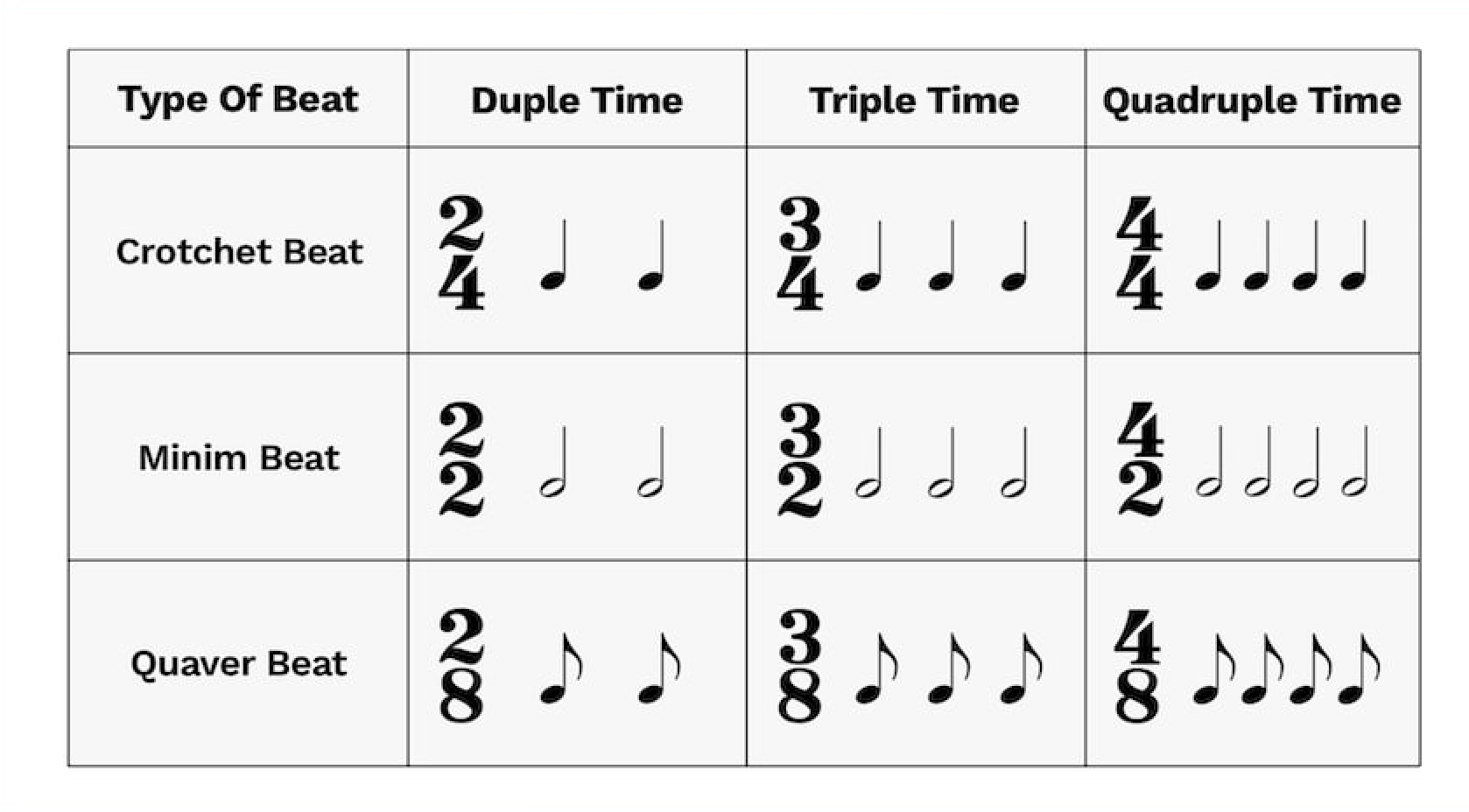What is the time signature?

The time signature refers to regularly recurring accents (e.g. beats and bars), organising the rhythm.
It tells us how many beats are contained in each bar, and which note value is equivalent to a beat. The numbers say “how much” (upper number) of “what” (lower) is in each bar. For example, ³⁄₈ indicates that there will be three eights in each bar, ²⁄₄ - two crotchets.

The metric accent has nothing to do with the accent defined as a louder-sharper-more clearly attacked sound. Mechanical instruments which are unable to differentiate dynamics (music boxes, primitive monophonic ringtones in mobile phones - now they can only be found in museums) perfectly convey the time signature and not only that the music is “on two” or “on three”, but also whether there is an anacrusis in the song or not.
There are many types of time signatures, including even (²⁄₄, ⁴⁄₄, ⁶⁄₈) and odd (³⁄₄, ³⁄₈, ⁹⁄₈, and also rare signatures such as ⁵⁄₄, ⁷⁄₄, ¹¹⁄₄). As you can see, ⁶⁄₈ is even, and ³⁄₄ is odd, even though the bars are the same length (six eighths). Keep in mind that the time signature is not a fraction and cannot be shortened. Eighths in ³⁄₄ time are arranged into three groups, according to quarter notes, and the accent is “on one” (and every first eighth within a given quarter note is slightly stronger than the other). Eighths in the ⁶⁄₈ metre are grouped in threes, the accent is at the beginning of each three (the next one slightly softer than the first).
 CREDIT: Dan Farrant | Hello Music Theory
CREDIT: Dan Farrant | Hello Music Theory
There are duple metres (²⁄₄, one accent per first quarter note), triple metres (³⁄₄, one accent) and quadruple (⁴⁄₄, two accents: on “one” and on “three”). But ⁶⁄₈ and ⁵⁄₄ do not fit into this division.
There are also simple and compound time signatures. Simple time signatures have one accent per bar (²⁄₄, ³⁄₈, ³⁄₄), and compound time signatures more than one (⁶⁄₈, ⁴⁄₄). ⁷⁄₄ and ⁵⁄₄, and especially ⁵⁄₈, can be simple or compound depending on the context. ⁴⁄₄ can be not only a duple metre (ONE two THREE four), but also a complicated compound metre in which eight eighths are grouped into three groups: 3, 3 and 2 eighths. This is a typical rhythmic pattern of many Latin American dances and a frequent element in heavy metal music.
Composers began to use the metre, in the form we know today, in the Baroque period. Therefore, there are many phenomena that change the basic pattern of metric accents.
But we’ll go into more detail about that in the next posts about music.
